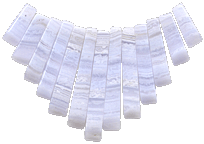Because July’s birthstones are a motley crew (see the end of this post), I’m picking out just one of them to feature, since there’s so much to know about turquoise!
Turquoise is the modern, more often seen replacement for the traditional July “Foundation stone”, sardonyx. I’d like to start out by showing you some of the affordable genuine turquoise beads that are available. (I’ll try to show similar-sized beads to make comparison easier.)
- For the highest-quality birthstone jewelry, use AA-grade turquoise (natural turquoise) like these delicate 2mm rounds:

- Also excelling in their class are A- to B-grade turquoise (stabilized turquoise) beads such as these nice Kingman heishi:

- Good Mexican turquoise is also sometimes available. It’s often in nugget forms, like these extra-small beads:

- Another variety of genuine turquoise, which is available reasonable prices, is stabilized Chinese turquoise. To illustrate this type, let’s look at some 2-3mm rounds:

For even greater economy, and a wider color range to work with, try some other stones that are called turquoise. - There’s African turquoise (actually a kind of jasper!), like these 3x5mm tubes:

- Yellow turquoise (more likely a jasper or serpentine) is a pleasingly-colored stone often imported from China, like these 4mm rounds:

- Block turquoise is manmade from plastic resins and dyes. So it’s often one of the more affordable varieties, like these low-priced 2mm rounds:

- You might also be interested in our economically-priced “turquoise” magnesite. It’s a thrifty alternative and still looks pretty, like these 4mm rounds:

Finally, consider some other stones in the turquoise family (which you can read about in our Gemstone Beads Index). There’s apple-green turquoise and lime turquoise, for example. You can often find specially purchased, special-priced strands of these and similar stones at Rings & Things’ BeadTour bead shows…another great reason to attend when we’re in your town!
Other July birthstones run the gamut: ruby (also Summer’s birthstone), synthetic corundum, emerald (for Cancer), onyx (for Leo), and topaz (St. Matthew’s stone).Thanks once again to Bruce G. Knuths’ “Jeweler’s Resource” book for all of this information!






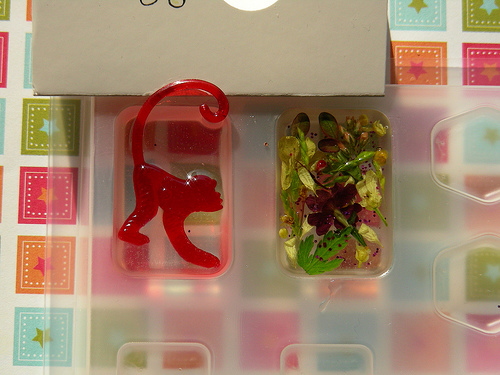



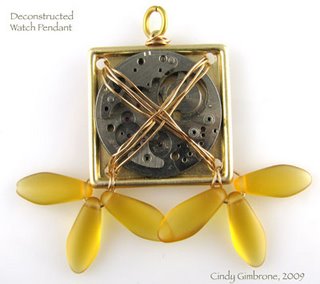



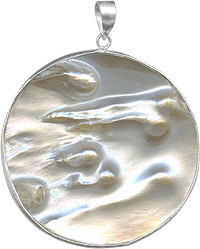

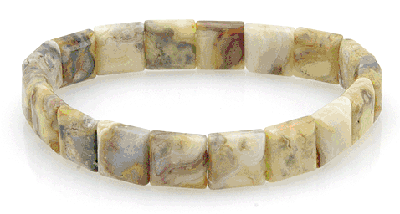

 coffee bean bead
coffee bean bead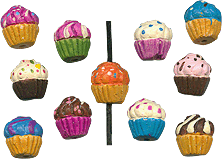
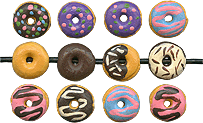
 peas-in-a-pod bead
peas-in-a-pod bead pumpkin
pumpkin
